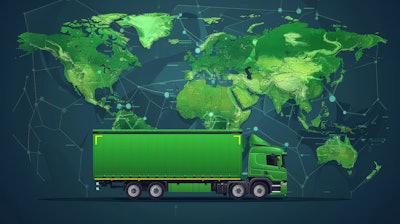
Sustainability is no longer a choice – it's a core business decision. As CPG suppliers face increasing pressure to reduce their environmental footprint, third-party logistics (3PLs) providers have an opportunity to be a catalyst for delivering greener supply chains and decreasing their environmental footprint. Today, retail logistics is not just about moving goods – it’s about doing so transparently, efficiently and responsibly.
According to the International Energy Agency (IEA), the logistics and transportation sector accounts for more than one-third of global carbon dioxide emissions. So 3PLs have a decision to make – will they be part of the solution or not? By integrating fleet optimization best practices into their model, 3PLs have an opportunity to serve as a sustainability change agent – decreasing their customers’ environmental impact while increasing operational efficiencies. Let’s take a closer look at how.
1. Boost fuel efficiency and minimize waste
According to the U.S. Department of Energy, an idling truck can waste nearly one gallon of fuel per hour. When trucks remain idle during breaks or overnight, they consume unnecessary fuel to power heating, cooling and other onboard systems – making truck idling a significant contributor to logistics waste.
So, how can suppliers increase fuel efficiency while still meeting drivers’ comfort and operational needs? The solution lies in leveraging idle reduction technologies such as auxiliary power units (APUs). APUs allow drivers to power essential systems without idling the main engine, leading to substantial fuel savings and a more environmentally friendly transportation process.
2. Optimize your route to retail
Retail consolidation enables suppliers to leverage economies of scale by sharing truckloads with other customers to create a single, full truckload to the same retailer distribution center. This approach allows trucks to operate at full or near-full capacity, minimizing the number of trips required to reduce the total number of trucks on the road and the occurrence of empty miles driven.
In fact, one consolidated truckload eliminates an average of 34 complex less-than-truckload (LTL) shipments. Retail consolidation requires just two days of average transit time compared to LTL’s five-day average, generating 20-30% cost savings. Suppliers also benefit from a greener, more efficient route to retail, along with increased in-stocks and sales.
3. Prioritize proactive maintenance
In the fast-paced world of logistics and supply chain management, minimizing downtime and ensuring operational efficiency are paramount. By partnering with a 3PL that prioritizes and invests in the health and age of its fleet, suppliers benefit from a more sustainable logistics operation.
With fuel-efficient technologies and proper tire maintenance, suppliers are empowered to minimize their transportation emissions and reduce fuel consumption. For example, the aerodynamic advantages of skirted trailers enable trucks to travel longer distances on a single tank of fuel, improving fuel efficiency, while providing additional safety by stabilizing airflow around the truck and trailer. At the same time, suppliers who leverage a national tire program ensure that tires are not only kept at the optimal air level but are inspected regularly to extend tire life. Emphasizing proper tire maintenance reduces the demand for new tires, conserves raw materials and reduces the environmental impact of tire production. Combined, these initiatives enable suppliers to minimize their environmental footprint and contribute to a more sustainable supply chain.
4. The future is green: Embrace sustainable technologies
The shift toward electric vehicles (EVs) and other low-emission technologies promises a greener future for fleet management. While challenges such as battery life and charging infrastructure remain, the pace of innovation is accelerating, and these technologies are becoming increasingly viable.
By embracing fleet optimization and emerging technologies, 3PLs not only reduce waste and improve efficiency but also create deeper strategic value for CPG customers. This shift enhances competitiveness, reduces environmental impact and strengthens long-term partnerships in a rapidly evolving supply chain landscape.




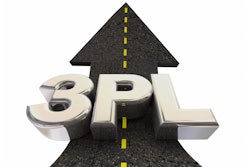

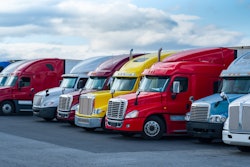


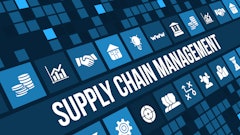




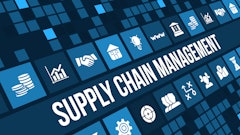
![Pros To Know 2026 [color]](https://img.sdcexec.com/mindful/acbm/workspaces/default/uploads/2025/08/prostoknow-2026-color.mduFvhpgMk.png?ar=16%3A9&auto=format%2Ccompress&bg=fff&fill-color=fff&fit=fill&h=135&q=70&w=240)


